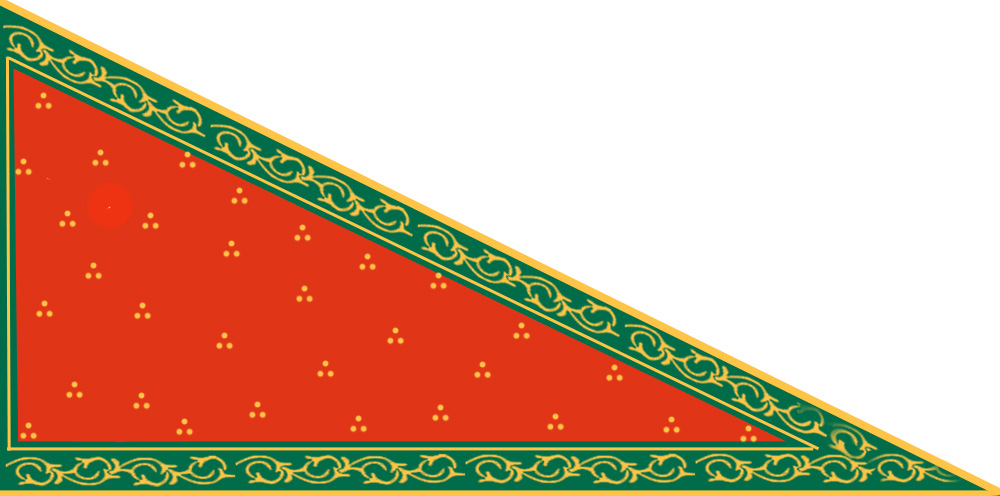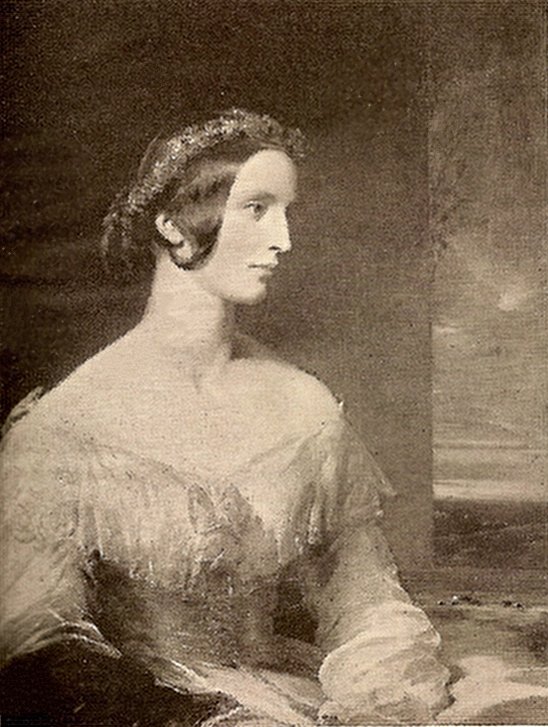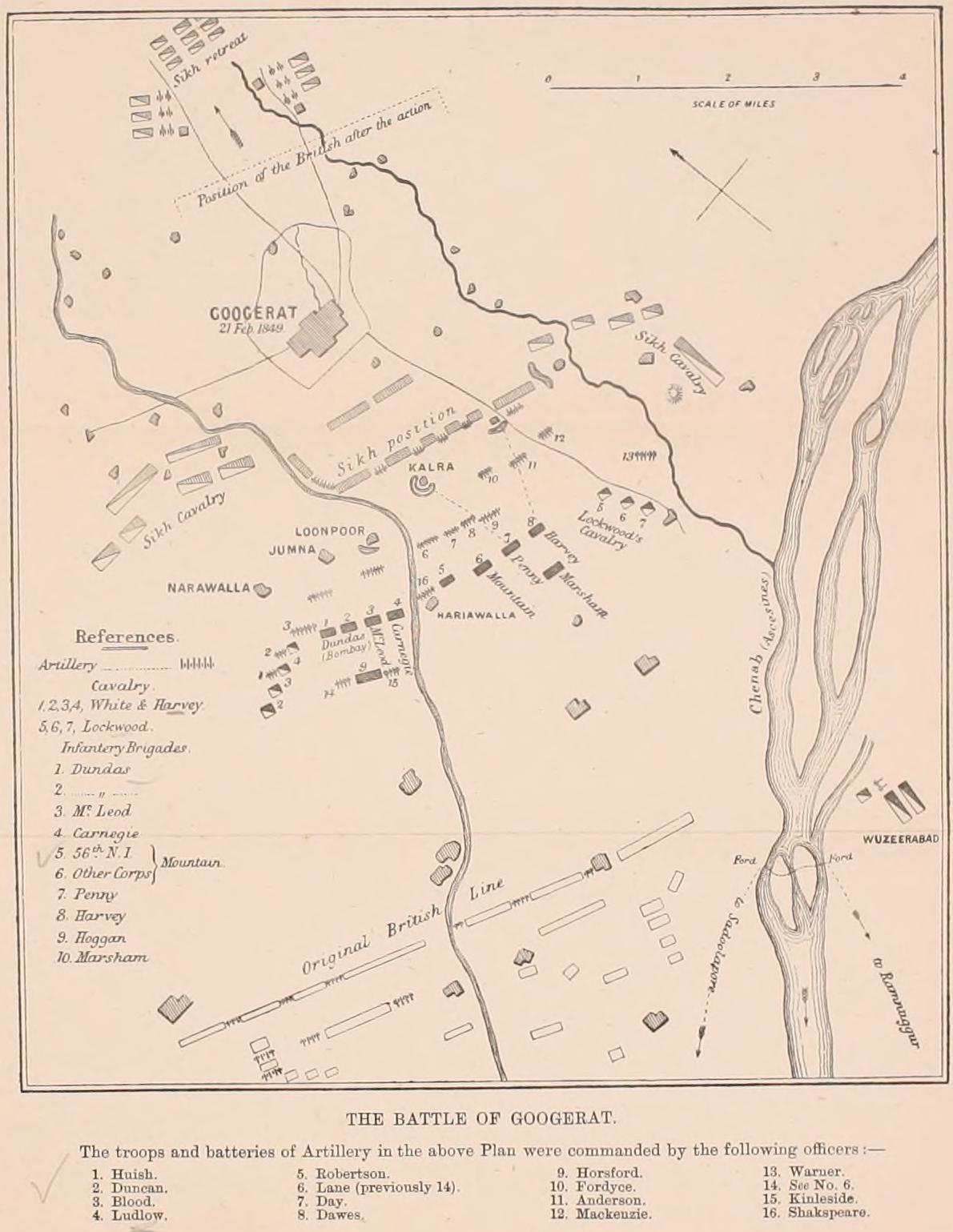|
John Coke (EICo)
Major-General Sir John Coke (pronounced ''Cook''; 17 November 1806 – 17 December 1897) of the 10th Regiment Bengal Native Infantry was a soldier of the East India Company Army, who raised in 1849 the 1st Regiment of Punjab Infantry, renamed in 1903 55th Coke's Rifles. Major-General Coke received the Delhi medal and clasp, and was made Knight Commander of the Order of the Bath. He was Justice of the Peace and Deputy Lieutenant for the county of Herefordshire, and was High Sheriff of Herefordshire for 1879. Early life and family He was born 17 November 1806, the seventh (but fourth surviving) son of the Rev. Francis Coke the only surviving issue of the Rev. Richard Coke (1763–1831), and his wife, Anne Whitcombe. A tradition in the Coke family of Trusley, Derbyshire, states that the founder of it was one Cook or Coke, who was employed in the service of Henry de Ferrars, Superintendent of William the Conqueror's horse armourers and farriers. They are said to have been loc ... [...More Info...] [...Related Items...] OR: [Wikipedia] [Google] [Baidu] |
Bengal Native Infantry
The regiments of Bengal Native Infantry, alongside the regiments of Bengal European Infantry, were the regular infantry components of the East India Company's Bengal Army from the raising of the first Native battalion in 1757 to the passing into law of the Government of India Act 1858 (as a direct result of the Indian Mutiny). At this latter point control of the East India Company's Bengal Presidency passed to the British Government. The first locally recruited battalion was raised by the East India Company in 1757 and by the start of 1857 there were 74 regiments of Bengal Native Infantry in the Bengal Army. Following the Mutiny the Presidency armies came under the direct control of the United Kingdom Government and there was a widespread reorganisation of the Bengal Army that saw the Bengal Native Infantry regiments reduced to 45. The title "Bengal Native Infantry" fell out of use in 1885 and the Bengal Infantry regiments ceased to exist when the three separate Presidency ar ... [...More Info...] [...Related Items...] OR: [Wikipedia] [Google] [Baidu] |
Second Anglo-Sikh War
The Second Anglo-Sikh War was a military conflict between the Sikh Empire and the East India Company which took place from 1848 to 1849. It resulted in the fall of the Sikh Empire, and the annexation of the Punjab region, Punjab and what subsequently became the North-West Frontier Province, by the East India Company. On 19 April 1848, Patrick Alexander Vans Agnew, Patrick Vans Agnew of the civil service and Lieutenant William Anderson of the Bombay European regiment, having been sent to take charge of Multan from Diwan Mulraj Chopra, were murdered there; within a short time, the Sikh troops joined in open rebellion. Governor-General of India James Broun-Ramsay, 1st Marquess of Dalhousie, Lord Dalhousie agreed with Hugh Gough, 1st Viscount Gough, Sir Hugh Gough, the commander-in-chief, that the British East India Company's military forces were neither adequately equipped with transport and supplies, nor otherwise prepared to take the field immediately. He also foresaw the spre ... [...More Info...] [...Related Items...] OR: [Wikipedia] [Google] [Baidu] |
George Bruce Malleson
Colonel George Bruce Malleson (8 May 1825 – 1 March 1898) was an English officer in India and the author of several works on British Indian colonial history. Biography Malleson was born in Wimbledon, son of John Malleson. Educated at Wimbledon and Winchester, he obtained a cadetship in the Bengal Native infantry in 1842, and served through the second Burmese War. His subsequent appointments were in the civil line, the last being that of guardian to the young maharaja of Mysore, Chamarajendra Wodeyar from 1869 to 1877. He retired with the rank of colonel in 1877, having been created C.S.I. in the 1872 Birthday Honours. He was a prolific writer, his first work to attract attention being the famous " Red Pamphlet", published at Calcutta in 1857, when the Sepoy Mutiny was at its height. He continued, and considerably rewrote the ''History of the Indian Mutiny 1857-8'' (6 vols., 1878–1880), which was begun but left unfinished by Sir John Kaye. Among his other books t ... [...More Info...] [...Related Items...] OR: [Wikipedia] [Google] [Baidu] |
Colin Campbell, 1st Baron Clyde
Field Marshal Colin Campbell, 1st Baron Clyde, (20 October 1792– 14 August 1863) was a British Army officer. After serving in the Peninsular War and the War of 1812, he commanded the 98th Regiment of Foot during the First Opium War and then commanded a brigade during the Second Anglo-Sikh War. He went on to command the Highland Brigade at the Battle of Alma and with his " thin red line of Highlanders" he repulsed the Russian attack on Balaclava during the Crimean War. At an early stage of the Indian Mutiny, he became Commander-in-Chief, India and, in that role, he relieved and then evacuated Lucknow and, after attacking and decisively defeating Tatya Tope at the Second Battle of Cawnpore, captured Lucknow again. Whilst still commander-in-chief he dealt with the " White Mutiny" among East India Company troops, and organised the army sent east in the Second Opium War. Early life Campbell was born Colin Macliver, the eldest of the four children of John Macliver, a cabinet ... [...More Info...] [...Related Items...] OR: [Wikipedia] [Google] [Baidu] |
Kohat
Kohat (; ) is a city that serves as the capital of the Kohat District in Khyber Pakhtunkhwa, Pakistan. It is regarded as a centre of the Bangash tribe of Pashtuns, who have lived in the region since the late 15th century. With a population of over 220,000 people, the city is the fourth-largest in Khyber Pakhtunkhwa and the 35th-largest in Pakistan in terms of population. Kohat's immediate environs were the site of frequent armed skirmishes between British colonialist forces and local tribesmen in the mid to late 19th century. It is centred on a British-era fort, various bazaars, and a military cantonment. Pashto and the Kohati dialect of Hindko are the main languages spoken in Kohat. The city of Kohat is also the namesake of and largest city in the Kohat Division, being over four times larger than the second-largest city in the division: Karak. History Early history Little is known of Kohat's early history. According to local lore, Kohat was founded by an ancie ... [...More Info...] [...Related Items...] OR: [Wikipedia] [Google] [Baidu] |
Henry Montgomery Lawrence
Brigadier-General Sir Henry Montgomery Lawrence (28 June 1806 – 4 July 1857) was a British military officer, surveyor, administrator and statesman in British India. He is best known for leading a group of administrators in the Punjab affectionately known as Henry Lawrence's "Young Men", as the founder of the Lawrence Military Asylums and for his death at the Siege of Lucknow during the Indian Rebellion of 1857. Background Lawrence was born in June 1806 into an Ulster-Scots family at Matara in Ceylon. Both his parents were from Ulster, the northern province of Ireland. His mother Letitia was the daughter of the Rev. George Knox from County Donegal, while his father, Lieutenant-Colonel Alexander William Lawrence, was born the son of a mill owner from Coleraine, County Londonderry, entered the service of the British Army and achieved distinction at the 1799 Siege of Seringapatnam.James Wills, The Irish Nation: Its History and Its Biography, Volume 4, A. Fullarton, 1876, p. ... [...More Info...] [...Related Items...] OR: [Wikipedia] [Google] [Baidu] |
James Broun-Ramsay, 1st Marquess Of Dalhousie
James Andrew Broun-Ramsay, 1st Marquess of Dalhousie (22 April 1812 – 19 December 1860), known as the Earl of Dalhousie between 1838 and 1849, was a Scottish statesman and colonial administrator in British India. He served as Governor-General of India from 1848 to 1856. He established the foundations of the colonial educational system in India by adding mass education in addition to elite higher education. He introduced passenger trains to the Rail transport in India#History, railways, the electric telegraph and uniform postage, which he described as the "three great engines of social improvement". He also founded the Central Public Works Department, Public Works Department in India. He stands out as the far-sighted Governor-General who consolidated East India Company rule in India, laid the foundations of its later administration, and by his sound policy enabled his successors to stem the tide of rebellion. His period of rule in India directly preceded the transformation ... [...More Info...] [...Related Items...] OR: [Wikipedia] [Google] [Baidu] |
Punjab
Punjab (; ; also romanised as Panjāb or Panj-Āb) is a geopolitical, cultural, and historical region in South Asia. It is located in the northwestern part of the Indian subcontinent, comprising areas of modern-day eastern Pakistan and northwestern India. Pakistan's major cities in Punjab are Lahore, Faisalabad, Rawalpindi, Gujranwala, Multan, Sialkot, and Bahawalpur, while India’s are Ludhiana, Amritsar, Chandigarh, Jalandhar, Patiala, Mohali, and Bathinda. Punjab grew out of the settlements along the five rivers, which served as an important route to the Near East as early as the ancient Indus Valley civilization, dating back to , followed by migrations of the Indo-Aryan peoples. Agriculture has been the chief economic feature of the Punjab and formed the foundation of Punjabi culture. The Punjab emerged as an important agricultural region, especially following the Green Revolution during the mid-1960s to the mid-1970s, and has been described as the " breadbask ... [...More Info...] [...Related Items...] OR: [Wikipedia] [Google] [Baidu] |
Sir Walter Gilbert, 1st Baronet
General Sir Walter Raleigh Gilbert, 1st Baronet, (18 March 1785, Bodmin – 12 May 1853, Stevens' Hotel, Bond Street, London) was an English army officer in the British East India Company. Life He was the third son of the Reverend Edmund Gilbert (d. 1816), Vicar of Constantine and Rector of Helland, Cornwall, and his wife Elizabeth Margaret Garnett, the daughter of Henry Garnett of Bristol. Like Sir Humphrey Gilbert, he was a member of the Devon family of Gilbert of Compton and he was named after Sir Humphrey's half brother Sir Walter Raleigh. He gained a cadetship in the Bengal Infantry in 1800, and in September the following year was posted to the 15th Bengal Native Infantry (commanded by Colonel John Macdonald) as ensign. Arriving in British India in October 1801, he then became Lieutenant on 12 September 1803 and Captain on 16 April 1810. Participating in the defeat of Perron's brigades at Koil, Aligarh, the battles of Delhi, Laswari and the storming of Agra. He als ... [...More Info...] [...Related Items...] OR: [Wikipedia] [Google] [Baidu] |
Battle Of Gujrat
The Battle of Gujrat was a decisive battle in the Second Anglo-Sikh War, fought on 21 February 1849, between the forces of the East India Company, and a Sikh army in rebellion against the company's control of the Sikh Empire, represented by the child Maharaja Duleep Singh who was in British custody in Lahore. The Sikh army was defeated by the British regular and Bengal Army forces of the British East India Company. After it capitulated a few days later, the Punjab was annexed to the East India Company's territories and Duleep Singh was deposed. Outbreak and course of the war After the British victory in the First Anglo-Sikh War, the Punjab was indirectly governed by a British representative at the Durbar (court) in Lahore and Agents in several of the regions. The Sikh Army, the Khalsa, was kept in being and used to keep order in the Punjab and North West Frontier Region. The Khalsa regarded itself as betrayed rather than defeated in the first war, and several of its Sarda ... [...More Info...] [...Related Items...] OR: [Wikipedia] [Google] [Baidu] |
Battle Of Chillianwalla
The Battle of Chillianwala (also spelled Chillianwallah) was fought in January 1849 during the Second Anglo-Sikh war in the Chillianwala region (Mandi Bahauddin) of Punjab region, Punjab, now part of Pakistan. The battle was one of the bloodiest fought by the British East India Company. Both armies held their positions at the end of the battle and both sides claimed victory.Heath, p.42 The battle was a strategic check to immediate British ambitions in India and a shock to British military prestige.Major A. H. Amin (retd.) Orbat.com Background The Second Anglo-Sikh war broke out in the Punjab, which had recently lost much of its independence to the British East India Company following the First Anglo-Sikh War, in April 1848, when the city of Multan rebelled under Dewan Mul ...[...More Info...] [...Related Items...] OR: [Wikipedia] [Google] [Baidu] |
2nd Lancers (Gardner's Horse)
The 2nd Lancers (Gardner's Horse) is one of the oldest and most highly decorated armoured regiments of the Indian Army. The regiment was formed by the amalgamation of two of the oldest regiments of the Bengal Army – the 2nd Royal Lancers (Gardner's Horse) and the 4th Cavalry. Early history The regiment was raised in 1809 at Farukhabad and Mainpuri by William Linnæus Gardner. Gardner had previously served with the 74th Highlanders and the Maratha ruler of Indore. Gardner joined the East India Company's forces under Gerard Lake, 1st Viscount Lake and raised the regiment. The regiment was initially deployed for policing duties in the newly occupied territories around Agra. It was almost exclusively composed of Hindustani Mahomedans, with a small minority of Rajputs and Brahmins. Gardner was one among several British officers such as James Skinner and Sir John Hearsey, who had become leaders of irregular cavalry, that preserved the traditions of Mughal cavalry. This had ... [...More Info...] [...Related Items...] OR: [Wikipedia] [Google] [Baidu] |









